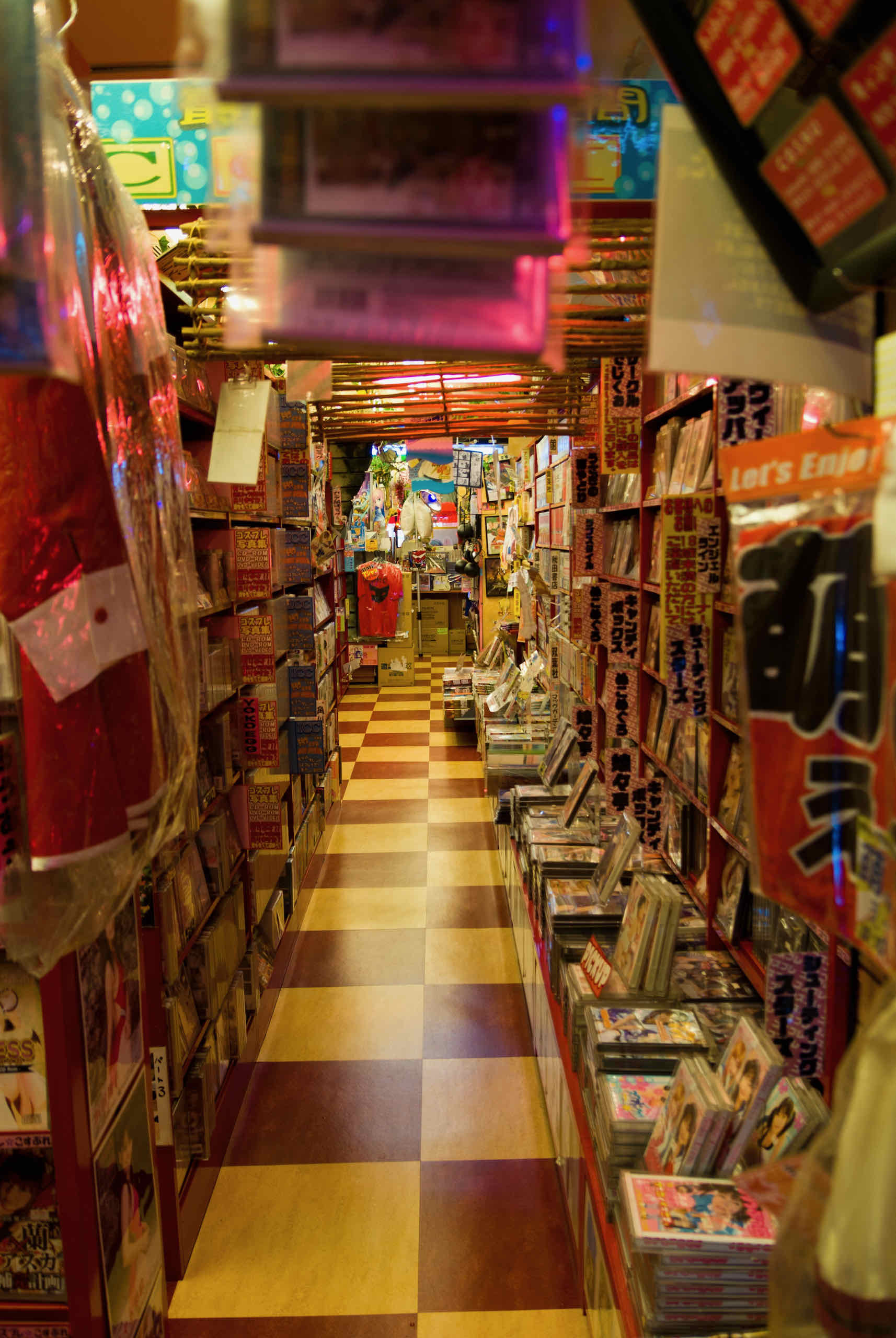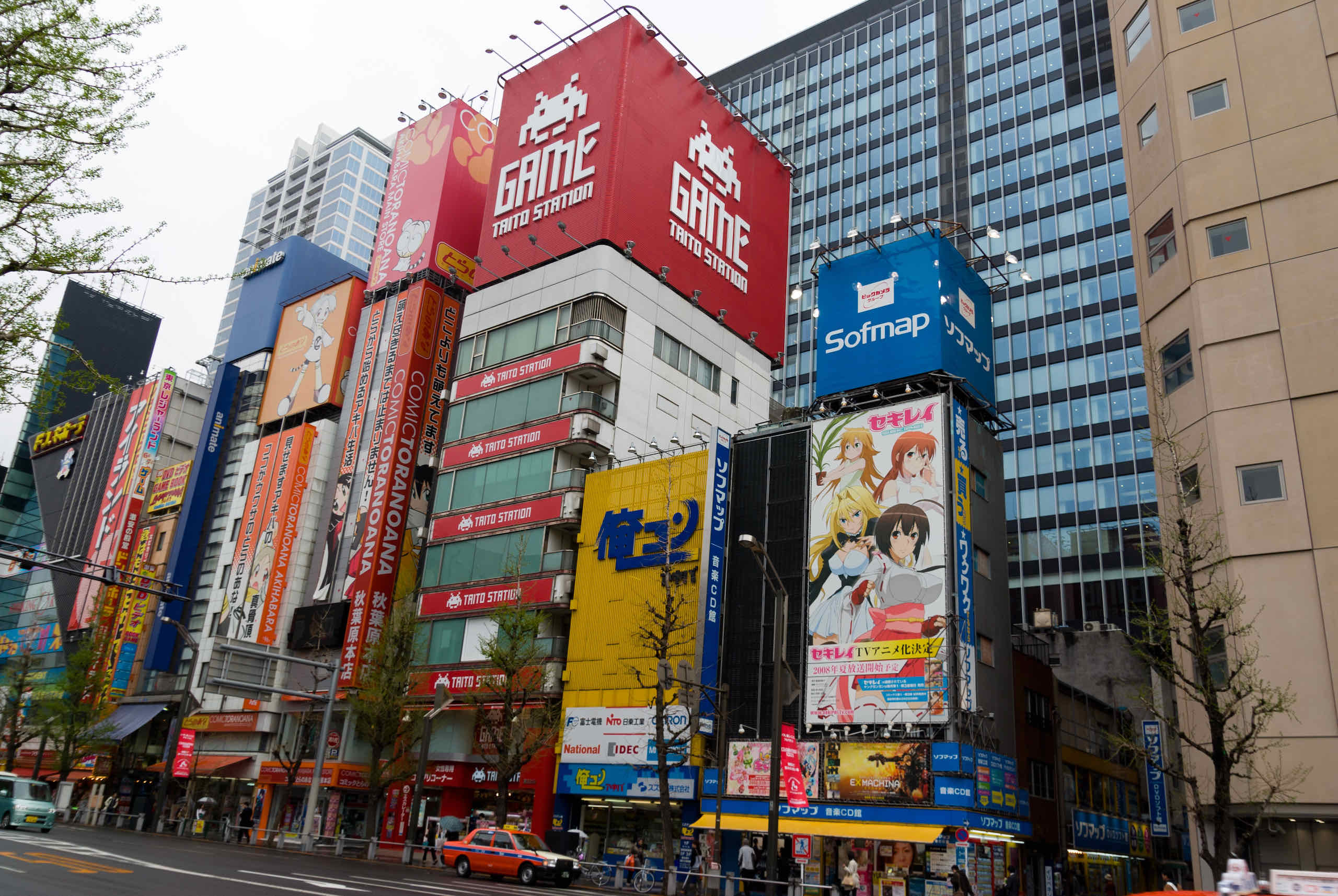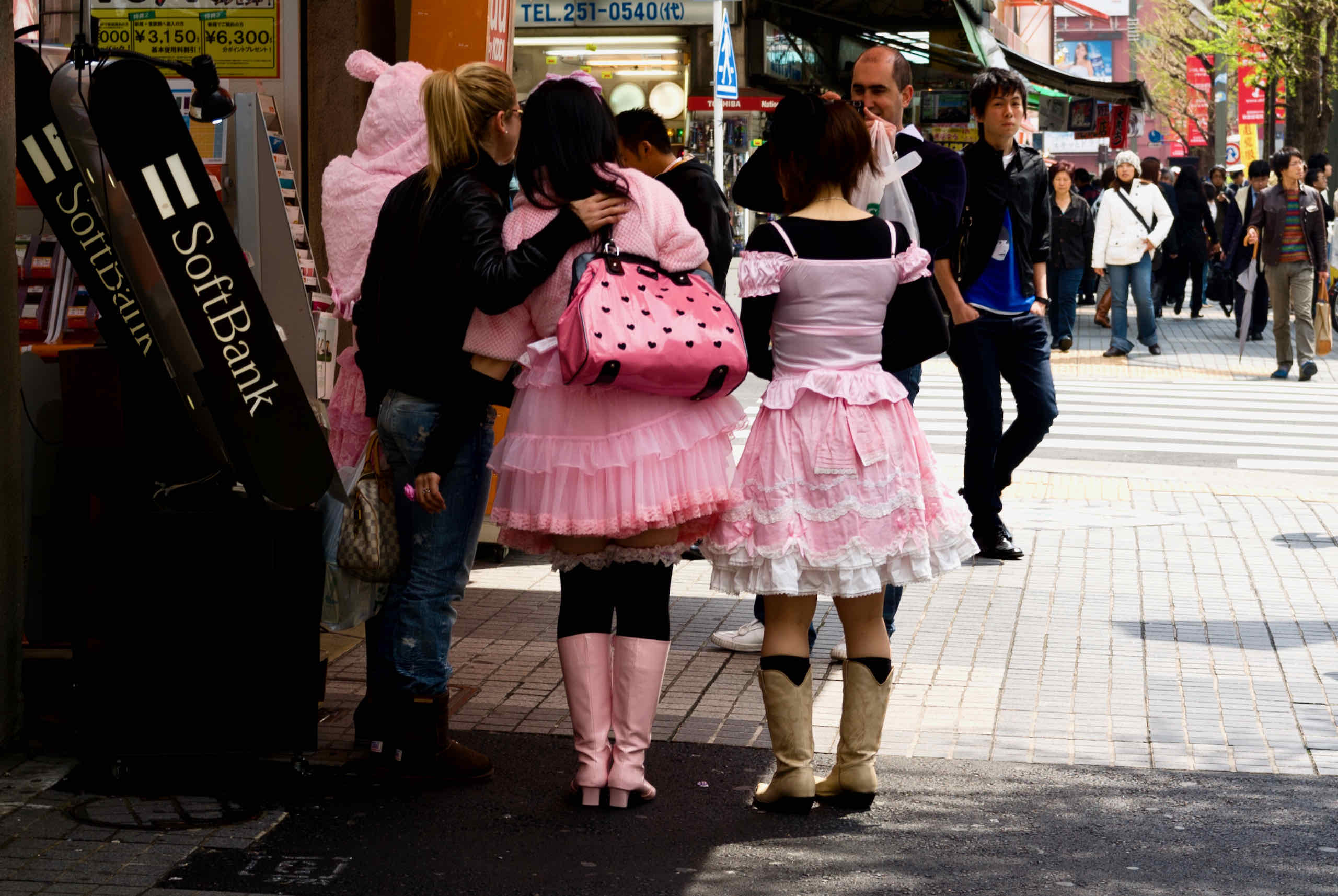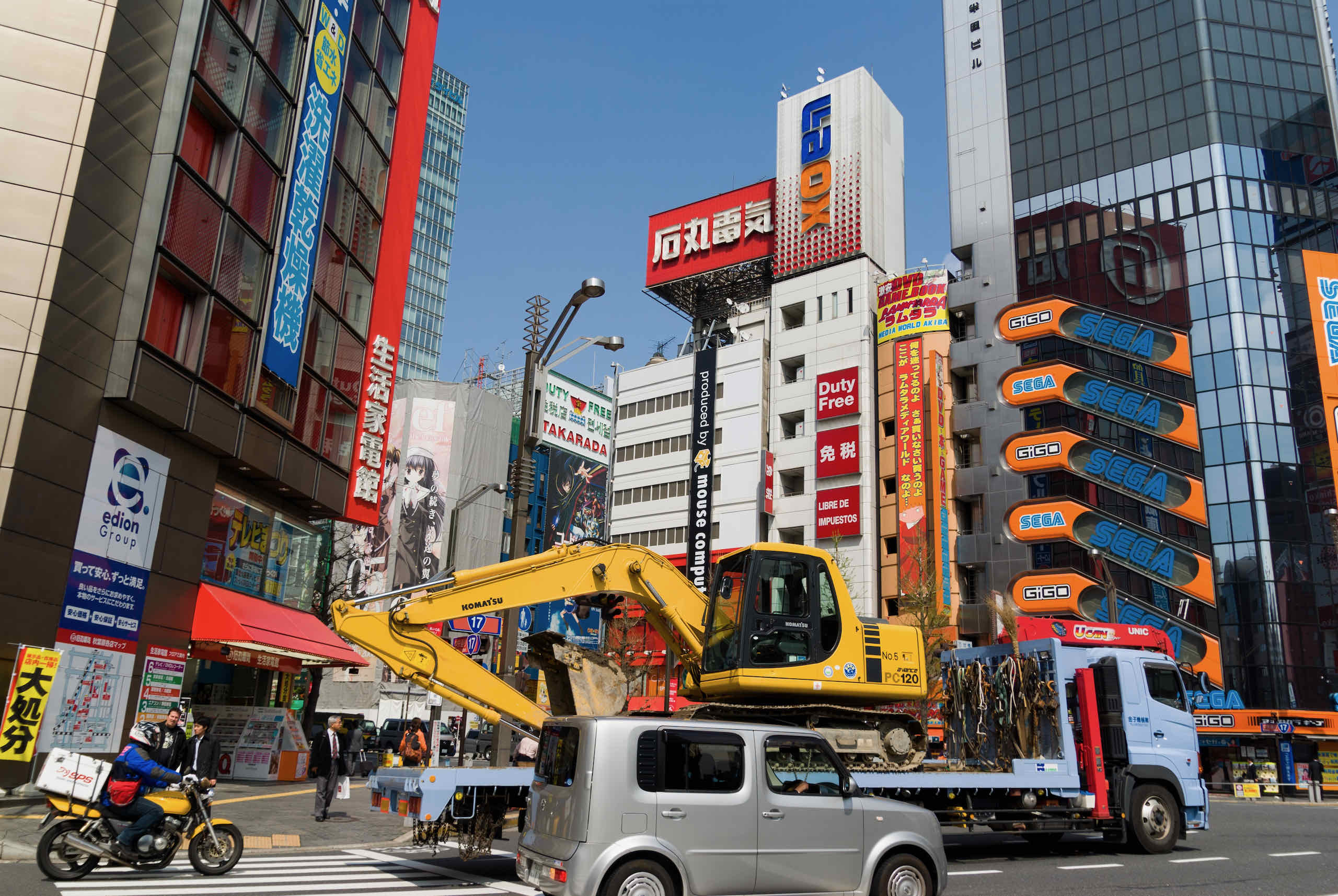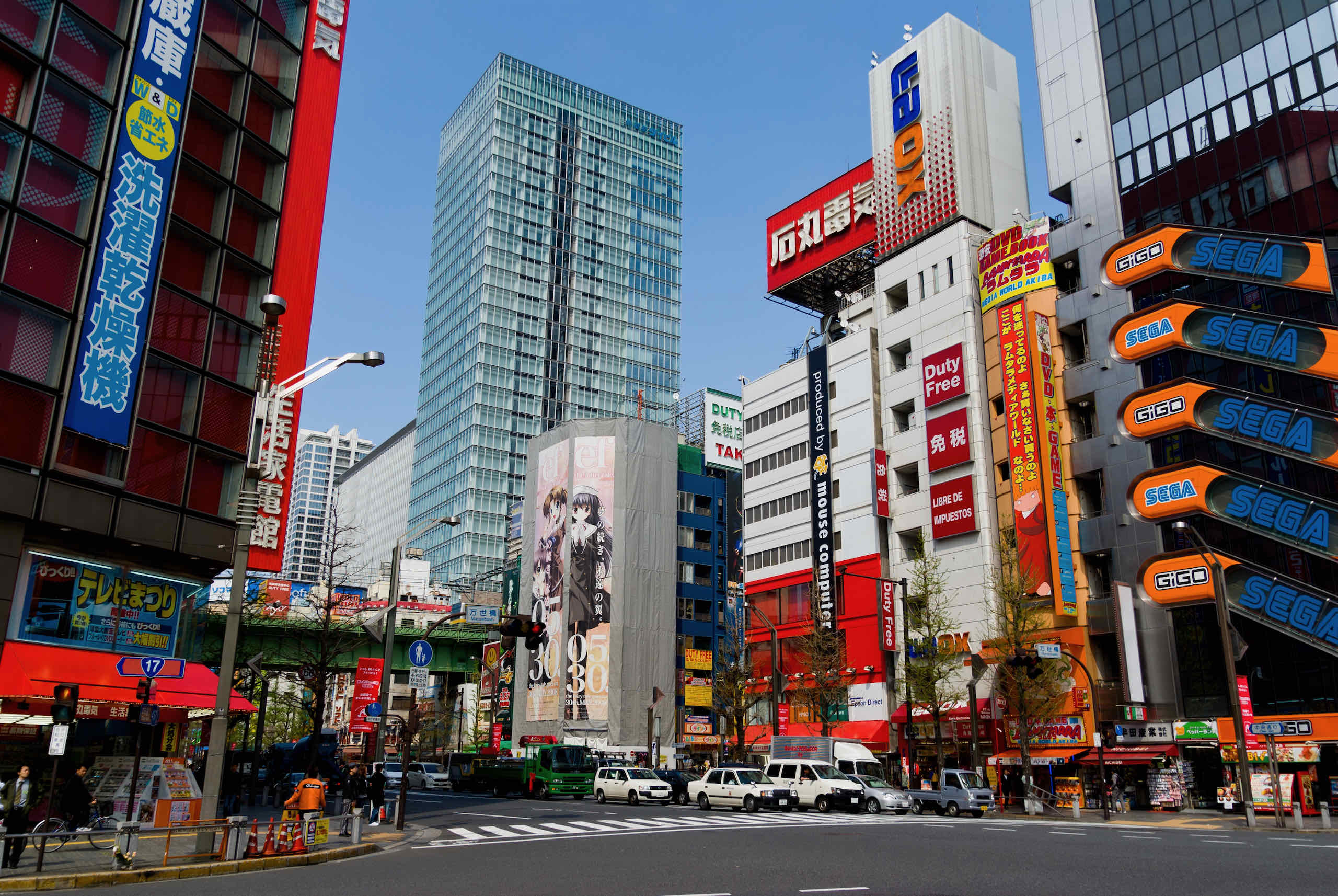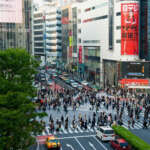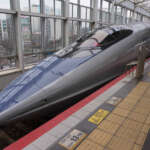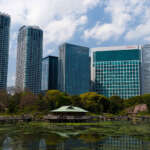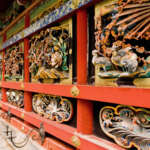Japan: Akihabara
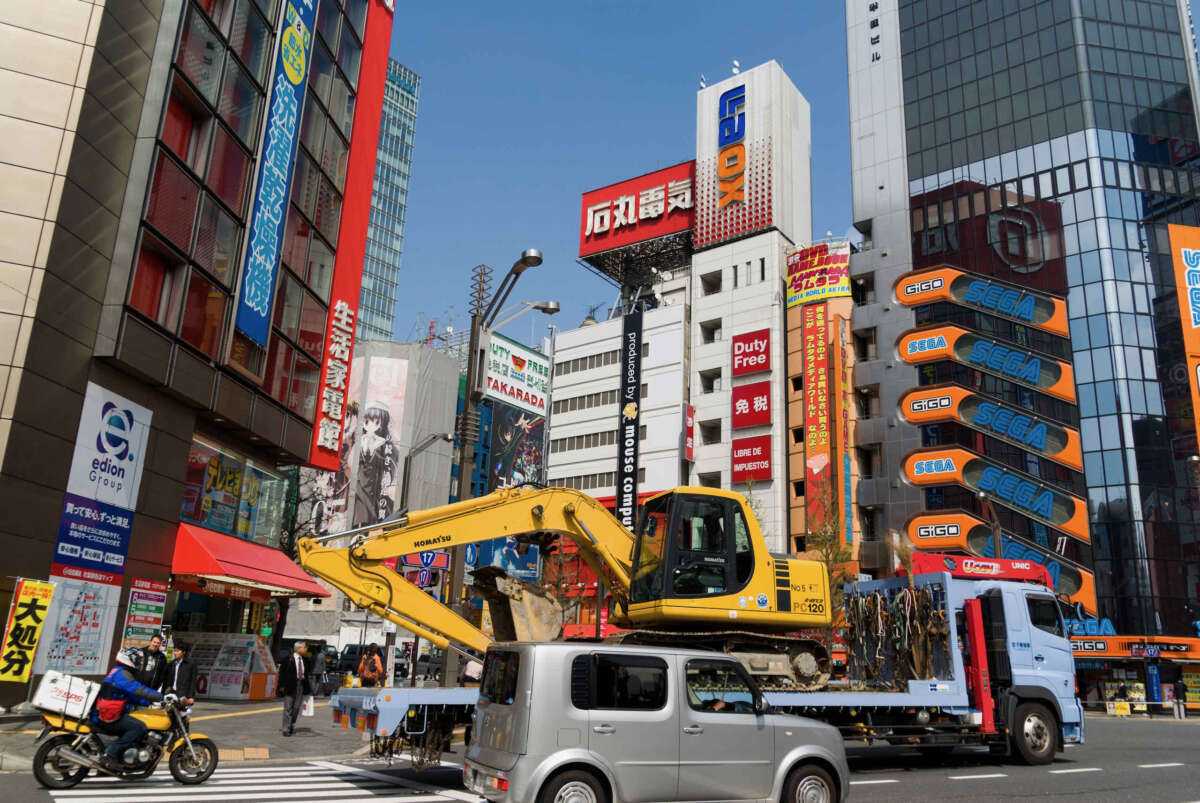
In recent years, Akihabara (秋葉原) has become infamous not only as a place where you can buy cheap electronic goods but an epicentre for Japanese otaku culture.
Strictly speaking, Akihabara isn’t a suburb or district of Tokyo, it’s simply an area around Akihabara Station. To make matters more confusing, there is actually a district called Akihabara but it’s not the area that most people think of when the name Akihabara is mentioned.
Akihabara Station was a major freight transit point in the late 18th century and a thriving vegetable and fruit market was established near the station. In the early 20th century and particularly post World War II, the area flourished with shops for cheap (and imitation) electronic goods and the area became known as the place to go if you were after anything electronic (like a radio or TV) and also whitegoods. Soon the area was called Akihabara Electric Town (秋葉原電気街).
In the 1980s, Akihabara became the place to shop for computer parts, and since gamers love to build their own computers, the area started to evolve to meet the desires of the otaku (computer nerd). Gradually anime, manga and cosplay shops became common, and soon there was a new phenomenon: maid and cat cafes. A maid cafe offers food (typically ice cream, desserts or American fast food) served by cute Japanese girls wearing French maid uniforms. A cat cafe is where you go to be surrounded by cats that you can stroke (occasionally these cats are actually women dressed in cat costumes). There are even places where you can have a date with someone pretending to be your boyfriend or girlfriend.
We visited Akihabara in 2008 and it was a strange mixture of large electronics category stores (eg. Bic Camera or LAOX), amusement arcades and pachinko parlours (eg. Sega World), quaint bookshops selling anime and manga mixed in with ordinary shops. The prices for electronic goods like computers and cameras are not cheaper than anywhere else, but the secret is to watch out for discounts and sales. Some of the shops often sell products that are just about to be superseded or discontinued at over 50% off (even though they may still be current products elsewhere in the world).
